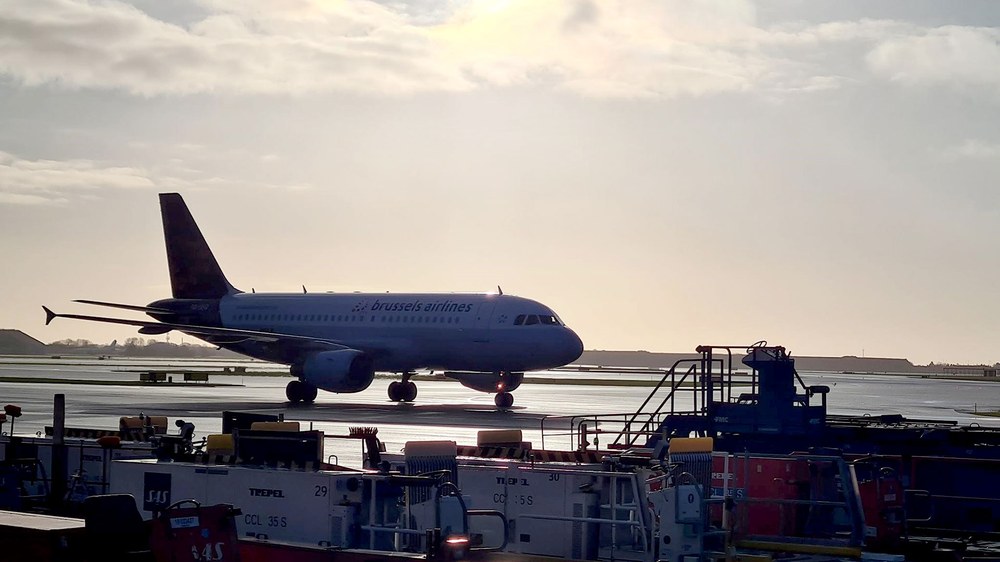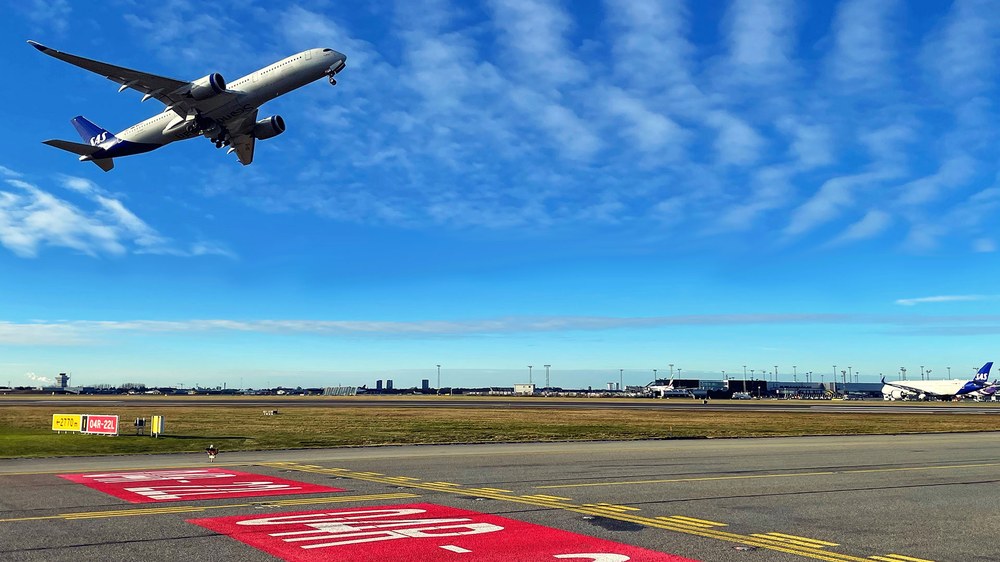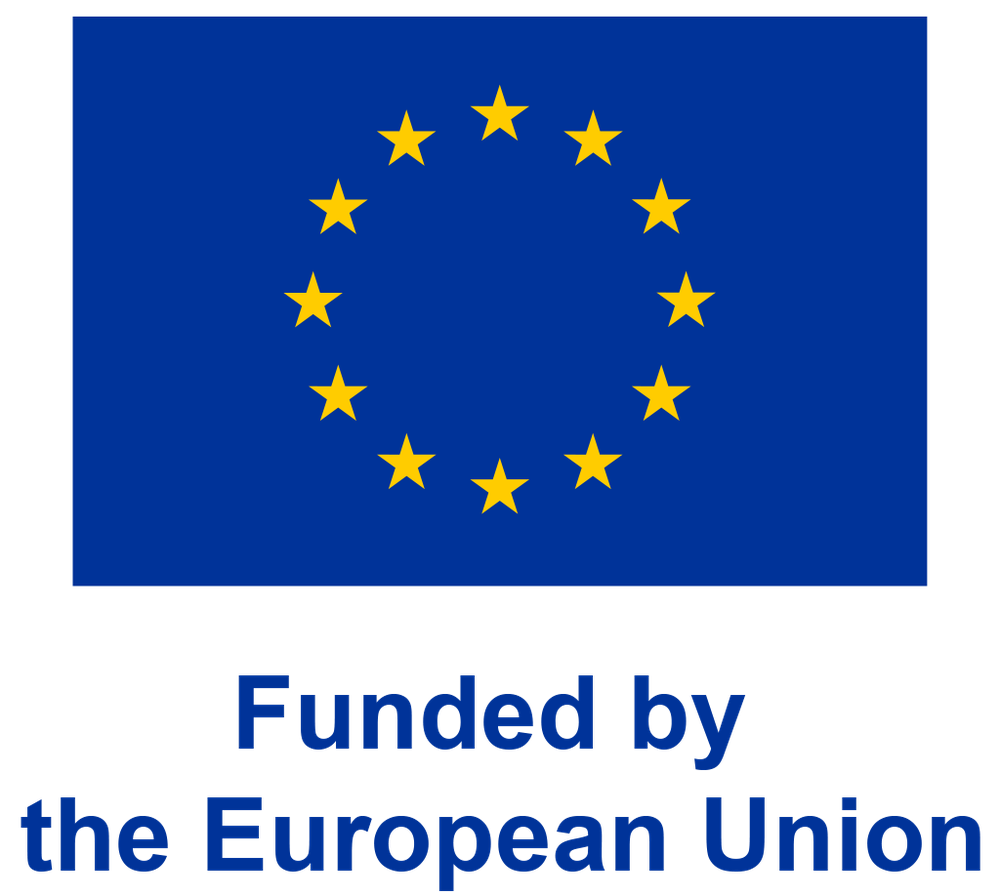The consortium is testing how the infrastructure on the ground can be smoothly converted to non-fossil chemical energy sources and how sustainable aviation fuels (SAF) can be successfully introduced for aircraft. The aim is to develop solutions by 2025 that will be of use to other airports in Europe during the transition.
Copenhagen Airport acts as a "beacon of the project" and has set itself the goal of switching its energy supply completely to renewable sources by 2030 and thus becoming a net zero airport. The Alight project was launched in 2020 and is funded by the EU as part of the Horizon 2020 programme. The duration of the programme has now been extended by a further year.



The contribution of the DLR Institute of Combustion Technology focuses on the analysis of SAF in the airport system as a key interface between SAF production and SAF utilization. To enable the full potential of SAF with respect to CO2 and non-CO2 (contrail formation) emission reduction, scenarios are developed for a targeted use of SAF in flight missions with high climate impact ("smart use of SAF"). Together with other DLR institutes, the feasibility of the scenarios is evaluated in a cost-benefit analysis using Copenhagen Airport as an example.
Since such a smart use of SAF requires a detailed insight into the fuels available at the airport, the Institute of Combustion Technology is developing a digital twin for aviation fuels and SAF as part of the project.

EU
A further contribution of the Institute consists of a measurement campaign lasting several weeks, which took place in January and February 2023. During this campaign, a commercial aircraft operated by the airline SAS was refuelled with a mixture of 35 percent SAF and 65 percent kerosene. With the help of the mobile measurement laboratory, the team from the DLR Institute of Combustion Technology measured and characterised the exhaust emissions on the runway over a period of three weeks and compared them with those of other aircraft.
The initial evaluation shows a clear reduction in soot emissions, in the order of 30 per cent. The detailed analysis will be published shortly.

